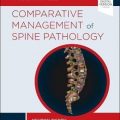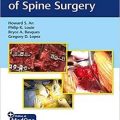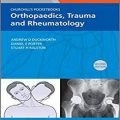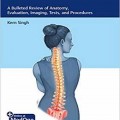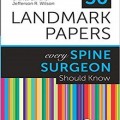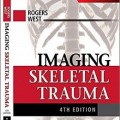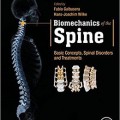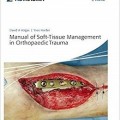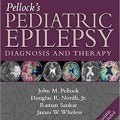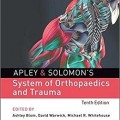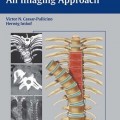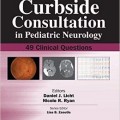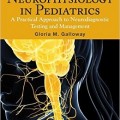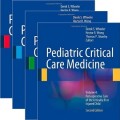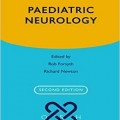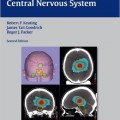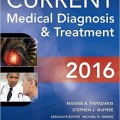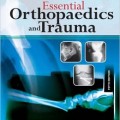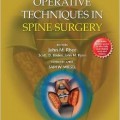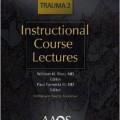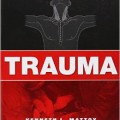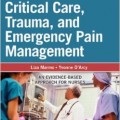دانلود کتاب اطلس تروما ستون فقرات: بزرگسالان و کودکان
Atlas of Spine Trauma: Adult & Pediatric, 1ed
Master the latest techniques in spine trauma surgery and achieve optimal outcomes! Over 600 outstanding step-by-step photographs and drawings, show you exactly how to perform today’s most effective procedures for both adult and pediatric spine trauma patients. And, advanced insights from renowned neurologists and orthopaedists provide the expert know-how you need to avoid complications and overcome difficult clinical obstacles.
- Over 650 step-by-step, full-color surgical photos and line drawings demonstrate precisely how to proceed.
- A consistent, logical presentation allows for fast and easy reference – ideal both when initially learning procedures, and for a quick brush-up before heading into the OR.
- Detailed coverage of spine trauma in patients of various ages emphasizes vital differences in adult and pediatric anatomy, typical injury patterns, and operative approach.
- Combined orthopaedic and neurosurgical perspectives on spine trauma surgery ensure relevant and informative guidance for all spine surgeons at all levels of experience.
D.H. Kim, S.C. Ludwig, A.R. Vaccaro, and J.-C. Chang, eds. Saunders Elsevier; 2008, 720 pages, 650 illustrations, $280.00.
In cooperation with 143 authors, Drs Kim and Chang (neu- rosurgeons) and Drs Ludwig and Vaccaro (orthopedic surgeons) have edited a 720-page Atlas of Spine Trauma, which is aimed primarily at trauma surgeons, neurosurgeons, and orthopedic surgeons who care for spine-injured patients, predominantly those acutely injured. As is the situation with an increasing number of books, a CD, which contains all the illustrations in the book, is included.
The book is divided into 7 sections: “Principles of Spine
Trauma” (۸ chapters), “Cervical Injuries” (۱۸ chapters),
“Thoracolumbar Injuries” (۱۳ chapters), “Sacral Injuries” (۴
chapters), “Pediatric Spine Injuries” (۱۱ chapters), “Surgical
Techniques in Pediatric Spine Fixation” (۳ chapters), and
“Complex Conditions of the Traumatically Injured Spine” (۶
chapters).
Certainly, this is not a book that would be useful in sharpening one’s skills in interpreting posttraumatic spine images.
Rather, it is a book giving an indication of the surgical approaches and current concepts in a host of traumatic conditions. Concerning the imaging chapter (19 pages), it needed the help of a radiologist. For example, 1 case of anterior softtissue edema is described at the C3 level, but no mention is made of the more crucial finding—an area of cord contusion at C5 with cord swelling. Also, in a case in which a vertebral artery is coiled because of a posttraumatic pseudoaneurysm, the follow-up left vertebral arteriogram with filling of the basilar artery and retrograde filling of the distal right vertebral artery is described as “retrograde flow through the circle of Willis.” In another example, the author describes disruption of the posterior ligamentous complex but never labels the finding either on the spin-echo T2 images or on a low-resolution T2 gradient-echo image (probably incorrectly called a “T2 fat-suppressed image”). For those neuroradiologists with a special interest in spine injury, this book could be of value, particularly when the issue of surgical approaches is discussed and illustrated.



